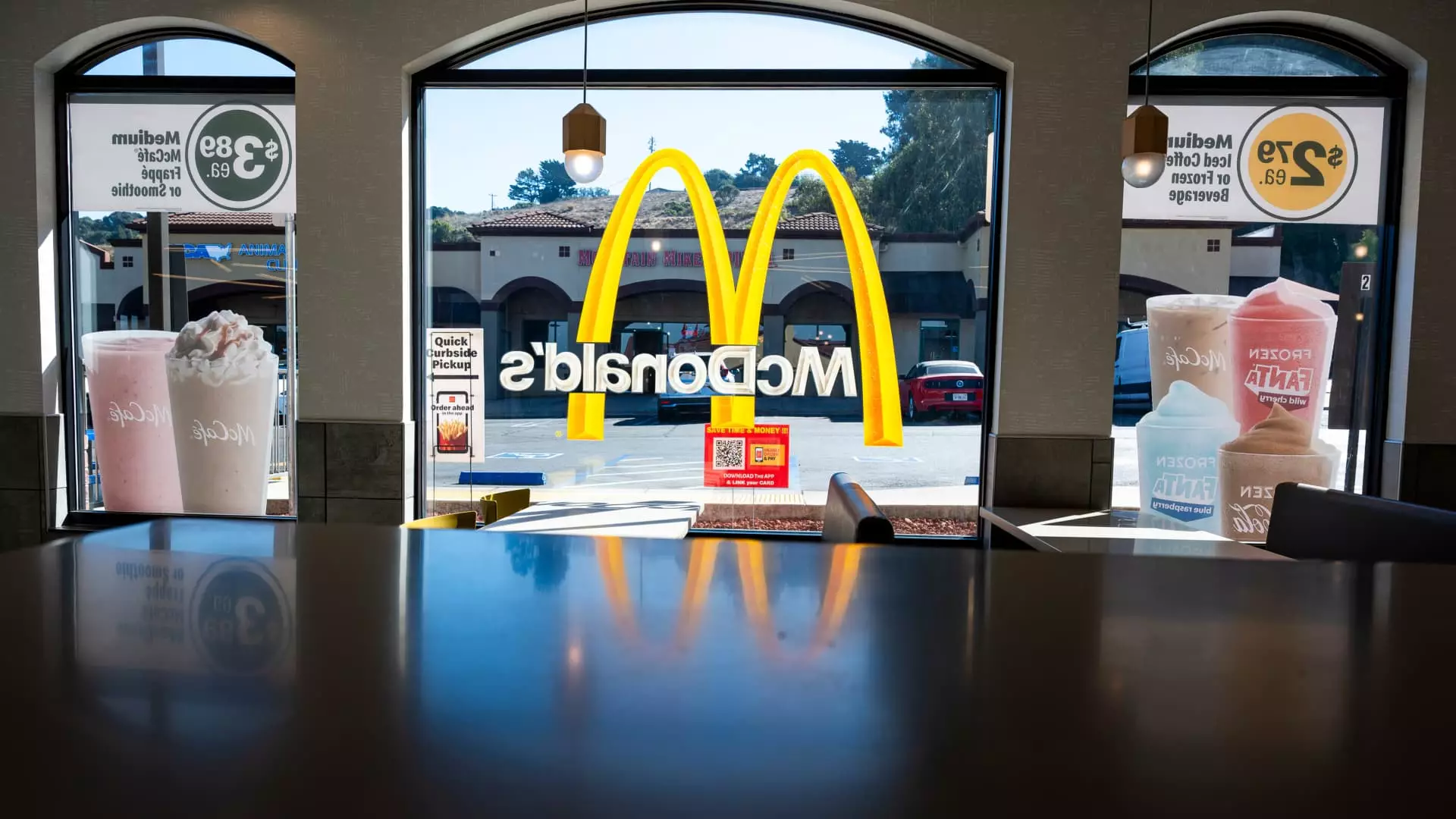The restaurant industry is often seen as a bellwether of consumer sentiment and economic trends. The phrase “in like a lion, out like a lamb” could not be more applicable to the challenges faced by restaurant executives as they look to 2025. After a dismal start to the year—marked by extreme weather events and a cautious consumer base—the outlook for the remainder of the year appears to be inching upward, albeit cautiously.
The year kicked off with a myriad of challenges for the restaurant sector. Freezing temperatures and wildfires across the country created significant headwinds, disrupting not just foot traffic but overall sales. While chains like Burger King and Popeyes managed to report improvements in Q4 of the previous year due to value-oriented offerings attracting consumers stuck in their homes, January painted a different picture. Wendy’s CFO, Kenneth Cook, articulated this sentiment during a conference call, observing an overall decline in industry traffic exacerbated by adverse weather.
Moreover, even fast-food giants like McDonald’s, known for their resilience, faced setbacks, reporting a 1.4% decline in same-store sales despite a slight uptick in domestic traffic. But perhaps most indicative of consumer behavior is the notion that diners are still hesitant, preferring to evaluate their options carefully before committing to expenditures on dining out.
Consumer Behavior: The Quest for Value
Amid uncertainty surrounding the economy, consumers are exercising caution, as noted by Subway U.S. President Doug Fry. They are searching for value—a reflection not just of current economic conditions but of a broader trend in consumer behavior that prioritizes quality and portion size. It illustrates a critical shift wherein customers desire to balance their culinary experiences against their budgets.
Traffic data indicated declines in both breakfast and lunch sales during January. This suggestion of consumer wariness poses a concerning forecast for restaurant chains that rely heavily on those specific meal occasions to drive revenue. Nevertheless, optimism exists. Company executives believe that seasonal comparisons will ease as the year progresses, with the potential for momentum as warmer months draw near.
Weather-Related Impacts and the Overall Traffic Decline
Several chains are coping with residual effects from winter weather, notably Chipotle, which reported a stark 2% decrease in same-store traffic compared to the previous year. The estimation that weather-driven events could impair traffic growth by a significant measure underscores how external factors can have an outsized impact on business as usual.
The winds of change seem to have created turbulence across the industry, manifesting not only through declining traffic but also in financial forecasts. Compounding the challenges are comparisons to the previous summer, which had seen stronger promotional activity that set high benchmarks. The anticipation for a rebound later in the year provides a glimmer of hope, yet immediate forecasts suggest a rocky road ahead as companies brace for possible continued dips in business performance.
Market Predictions: Mixed Signals Abound
As the industry attempts to regain its footing, analysts are observing consumer sentiment revealing a deeper concern: inflation. Most notable is the alarming drop in consumer confidence, which plummeted to its lowest in seven months due to fears of rising food prices. Even chains like Chipotle, Wendy’s, and McDonald’s have not fully accounted for potential impacts from tariffs while acknowledging that consumers are indeed feeling a pinch in their wallets.
While predictions vary from chain to chain, several are pinning hopes that stronger consumer health later in the year could lead to a substantial rebound. McDonald’s CEO Chris Kempczinski remains cautiously optimistic, suggesting their sales may recover by mid-Q2. This sentiment, juxtaposed against Starbucks’ dismal sales forecasts—marked by consecutive quarters of decline—illustrates the industry disparity where not every player is in a position to navigate rough waters adeptly.
As we analyze the landscape of the restaurant industry heading into 2025, it’s apparent that the challenges have been formidable. However, with careful strategic planning and an acute understanding of consumer expectations, many chains remain hopeful for a comeback. While the data shows a somewhat pessimistic start to the year, the industry remains adept at pivoting. Executives might indeed find a pathway to recovery as the inherent resilience of the sector combines with consumer demands for value and quality, leading potentially to a resurgence as the year unfolds. The overarching question remains: will the industry transition from headwinds to tailwinds, nor does any single chain possess a clear blueprint for success amidst an unpredictable landscape? Only time will tell.

